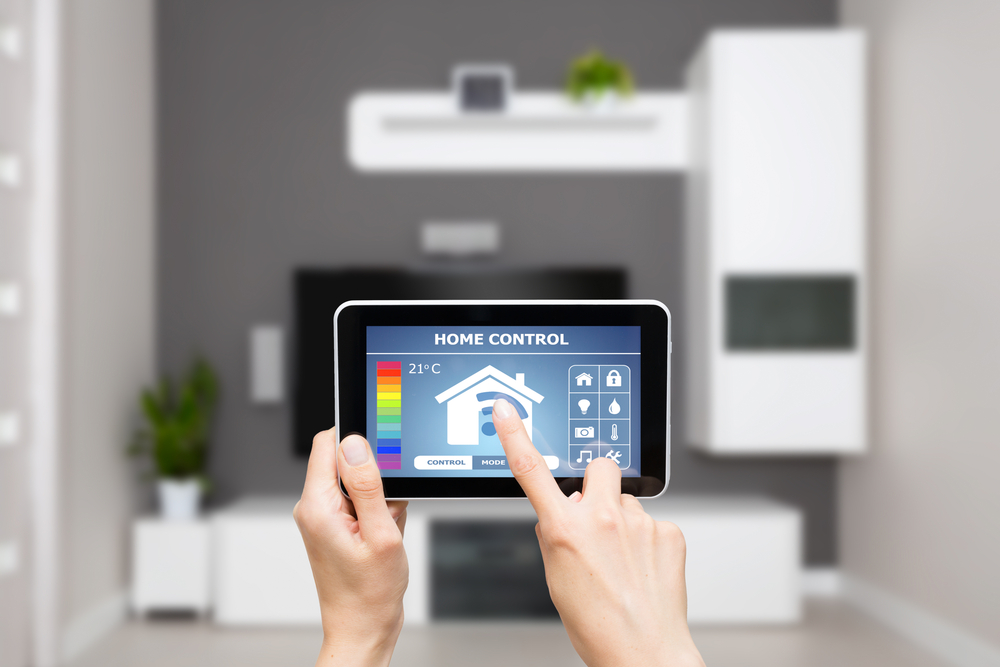
Home automation is a tool that is not just for those who are tech nerds or just love automation. It is independence for many people with disability. It breaks down barriers and gives people the ability to have control over their own lives.
Let’s have a look at how.

Breaking down Barriers
For those with mobility impairments, something as simple as
turning on a light or air conditioning can present significant challenges. Home
automation eliminates these barriers by providing alternative control methods
such as voice commands or smartphone apps. Imagine being able to adjust the
lighting or temperature in any room with just a spoken command or a tap on your
phone – it’s a level of freedom and autonomy that was once unimaginable for
many.

Individuals
One of the best aspects of home automation is its adaptability to individual needs. Whether someone has vision or hearing impairments, limited mobility, or other disabilities, home automation systems can be customized to accommodate their specific requirements. For example, smart speakers equipped with voice assistants can provide audio feedback and control options for those with visual impairments, while motorized curtains or blinds can be programmed to open and close automatically, enhancing privacy and comfort.

Security
Safety is important for everyone,
but it’s especially critical for individuals with disabilities who may face
additional challenges during emergencies. Home automation systems can bolster
safety measures by integrating features such as smart locks, surveillance
cameras, and smoke detectors that can be monitored and controlled remotely.
This not only provides peace of mind but also enables swift response and intervention in case of emergencies, regardless of physical limitations.

Quality of Life
Perhaps the most profound impact of home automation on accessibility is its ability to promote independence and improve overall quality of life. By automating routine tasks and streamlining everyday activities, individuals with disabilities can exert greater control over their environment and reduce reliance on caregivers or assistance. Whether it’s managing household chores, controlling entertainment systems, or adjusting environmental conditions, home automation empowers individuals to live more autonomously and with greater dignity.
Home automation doesn’t provide just the tools to do physical tasks. It enhances the mental and emotional well being of the person that can’t do the tasks in other ways. When a person can’t open a door or turn on the light themselves it mentally and emotionally hurts. So having a tool that allows you to do it yourself is enabling.

Conclusion
In conclusion, home automation is not just a luxury or
convenience – it’s a powerful accessibility tool that has the potential to
transform the lives of individuals with disabilities. By leveraging the power
of technology to break down barriers and promote independence, home automation
is paving the way towards a more inclusive and equitable future for all.
